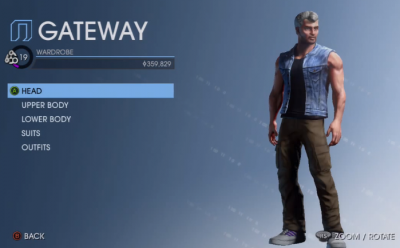Help with Modular Characters Pipeline
In videogames like Uncharted 4, Saints Row, Darksouls; I could see that they use a Modular character for Skins and Armors for their characters. I want to know the correct pipeline about this. My main dudes are these
- Is First the basemesh and after separate every body part?
- Is this similar to make blendshape pipeline?
- It this a good option? Skinning main mesh and after that separate and copy paint weight or exist other pipeline for this.
- When the clothing covers body parts like chest or parts of the arms I only have to combine or I have to match some hidden vertex for the skinning.
Examples:
Uncharted 4
- https://www.youtube.com/watch?v=aZJQuHZQakQ&t=1048s Minute 17:21


Saints Row

- Is First the basemesh and after separate every body part?
- Is this similar to make blendshape pipeline?
- It this a good option? Skinning main mesh and after that separate and copy paint weight or exist other pipeline for this.
- When the clothing covers body parts like chest or parts of the arms I only have to combine or I have to match some hidden vertex for the skinning.
Examples:
Uncharted 4
- https://www.youtube.com/watch?v=aZJQuHZQakQ&t=1048s Minute 17:21


Saints Row

Replies
Just like how destructible objects are made : by making sure that the vertex normals are seamless across both parts (initially by re-averaging across the seam, and then later on when doing more parts by transferring the data from the edge of a previously authored model). So yes, very much something to worry about - a lot